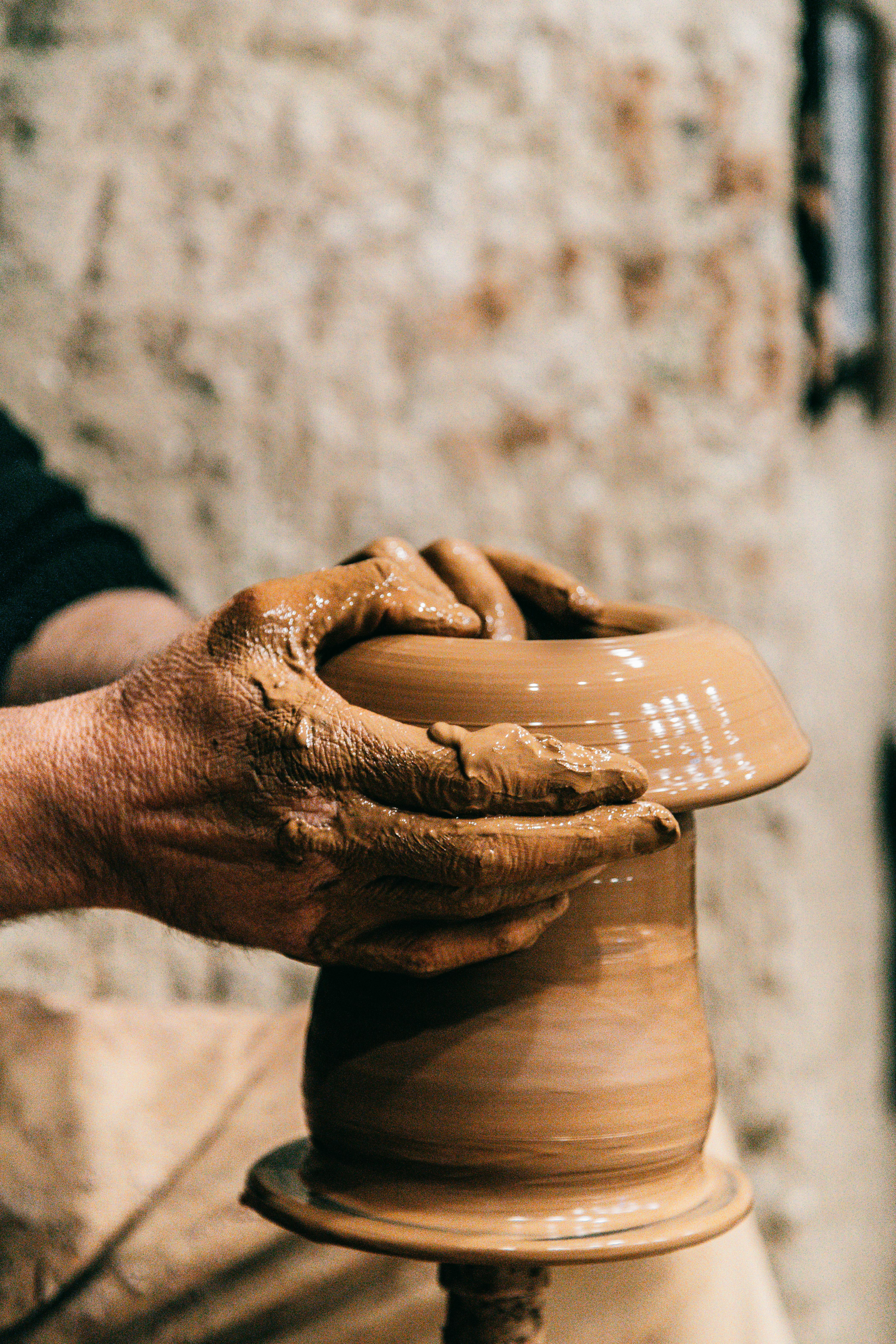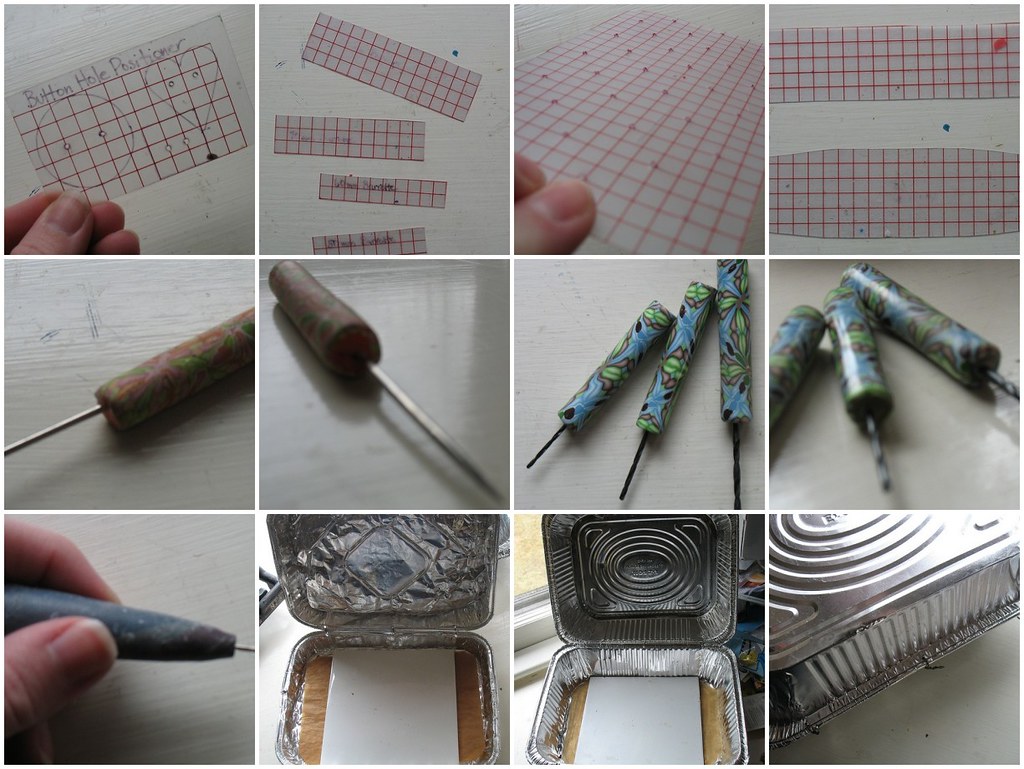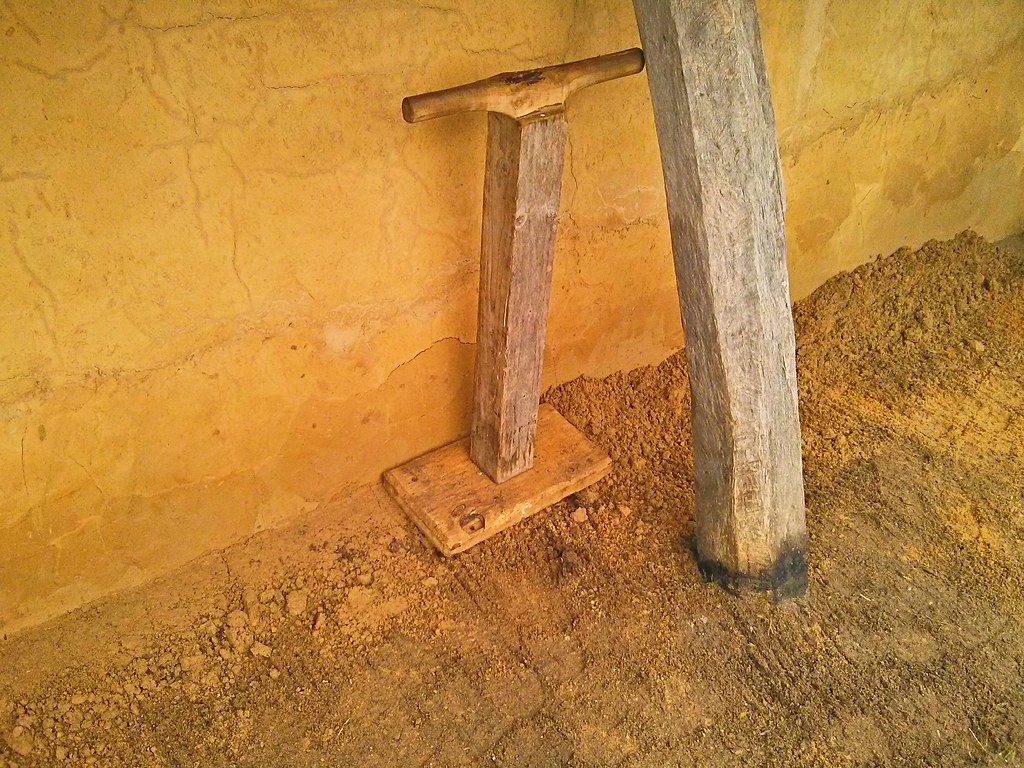The Art of Pottery: Exploring Techniques and Materials
Pottery is an ancient art form that blends creativity and skill to create beautiful ceramics. Whether you are a beginner or an experienced potter, understanding different pottery techniques and materials can greatly enhance your craft. It’s essential to explore throwing clay on the wheel to master the delicate balance of clay work on the wheel, a skill that adds a new dimension to your pottery creations.

Key Pottery Techniques
There are a variety of techniques used in pottery to shape clay and create distinct designs. Three prominent hand-building techniques include coil, slab, and pinch, each offering unique methods to model the clay without the need for a wheel. Understanding these methods can expand your creative capabilities and provide a solid foundation for developing your personal style.

Understanding Pottery Materials

Choosing the right clay body is crucial for your pottery projects. Different clay types have various properties, affecting their plasticity, firing temperature, and overall finish. Learn about the types and applications of clay body ceramics to make informed choices for your work. Selecting the appropriate clay type ensures that your pieces have the desired durability and appearance.
Enhancing Your Ceramic Skills
Developing your pottery skills involves practice and a willingness to experiment with different techniques and materials. To fully refine your abilities, explore a comprehensive guide to mastering pottery techniques. This guide can serve as a valuable resource in your journey to becoming a skilled potter. Remember, consistency and creativity are key in advancing your craft.

The Journey of a Potter

The journey of becoming a proficient potter is filled with learning and discovery. By immersing yourself in exploring various techniques and understanding the materials, you’ll create unique pieces that reflect your personal artistic vision. Stay updated with the recent trends in pottery to continually inspire and elevate your work. Embrace the process, and let each piece tell its story through your hands.
Learn More About Coning Clay with Florian Gadsby
Continuing from the essential techniques of coning clay, Florian Gadsby’s beginner-friendly video provides a step-by-step guide to mastering this critical process on the potter’s wheel, ensuring your clay is perfectly prepared for successful wheel throwing.
What is coning in clay?
Coning in clay is the process of repeatedly compressing and lifting the clay into a cone shape on the pottery wheel. This helps center the clay, remove air pockets, and ensures its particles are aligned—essential for creating stable, well-formed pottery pieces.
What is a cone in clay?
A cone in clay refers to the measurement of “heat-work” during firing, combining temperature and time to ensure your pottery is properly hardened. Much like how an ice cube doesn’t melt instantly in boiling water, clay needs sustained heat over a set period to reach the right level of maturity and strength.
What are the tips for coning?
When coning, apply equal pressure with both hands so the clay naturally moves upward—avoid tugging or pulling, which can introduce unwanted twists. Narrow the base to push imperfections upward and out of the clay. This technique also helps reduce “S-cracks” and other flaws by fully compressing the clay.
Do you have to cone clay?
Coning is strongly recommended because it continues the wedging process on the wheel, often called “wheel wedging.” By wrapping your hands around the clay and squeezing inward at the base, you align the clay particles and prepare it for shaping. This step helps ensure your finished piece is strong, balanced, and less prone to cracks.
Coning clay might seem like a small step in the pottery process, but its impact is truly significant. By taking the time to properly cone your clay, you’re setting the foundation for creating beautiful, well-crafted pieces. This technique not only enhances the texture and consistency of your clay but also helps prevent common issues that can arise during wheel throwing. Embracing coning clay as part of your routine can elevate your pottery game and lead to more satisfying results.
Stay Connected and Keep Creating!
I hope you found these tips on coning clay helpful and inspiring for your pottery journey. If you’re eager to see more techniques and behind-the-scenes looks at the creative process, feel free to follow me on Instagram. Let’s continue exploring the wonderful world of pottery together!
